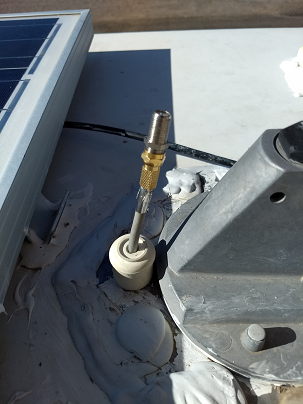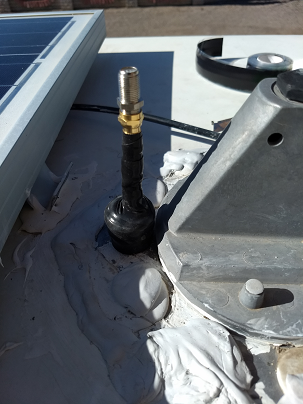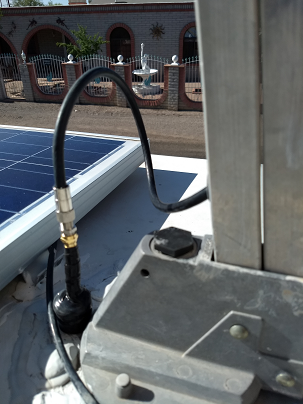coy55boyrv
Active member
I've noticed reception on my TV deteriorating recently and suddenly it was nonexistent. I thought it might the the TV tuner, but when a connected a set of old rabbit ears - voila! So, I began testing the cable. Everything checked out OK from the TV through a splitter to the distribution box to the signal amplifier. After concluding that the loss must occur between the signal amp and the antenna, I climbed on the roof with a spare cable and bypassed the built in cable. Worked. Upon closer inspection, I found the break down at the bottom of the mast. So I figure I need to pull a new cable from the signal amp to the antenna. The thing is, the cable at the signal amp is different from the cable on the roof. Is there another connection point someplace that I can access? I'm thinking there might be one inside the coach under the antenna?
edit by staff - changed message icon to topic solved
edit by staff - changed message icon to topic solved



